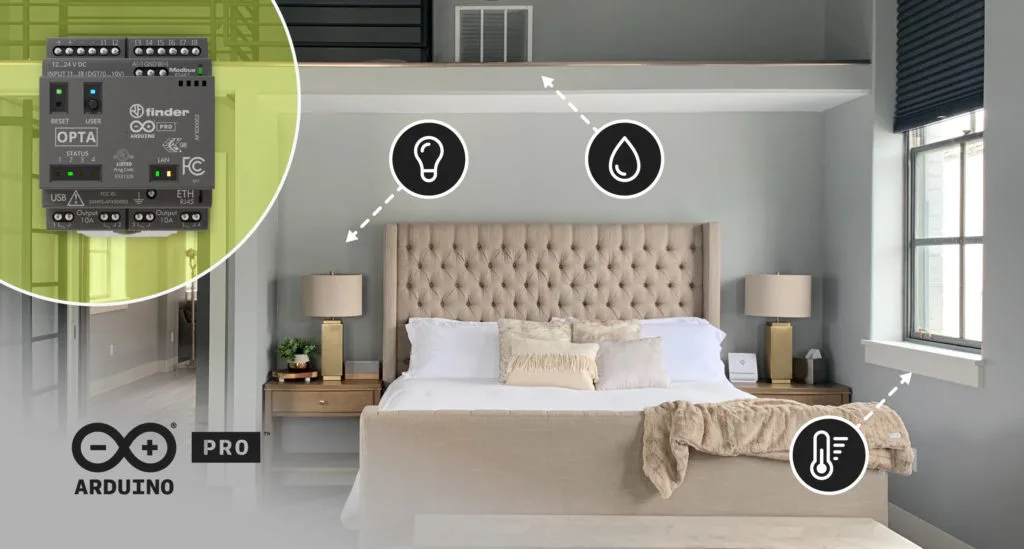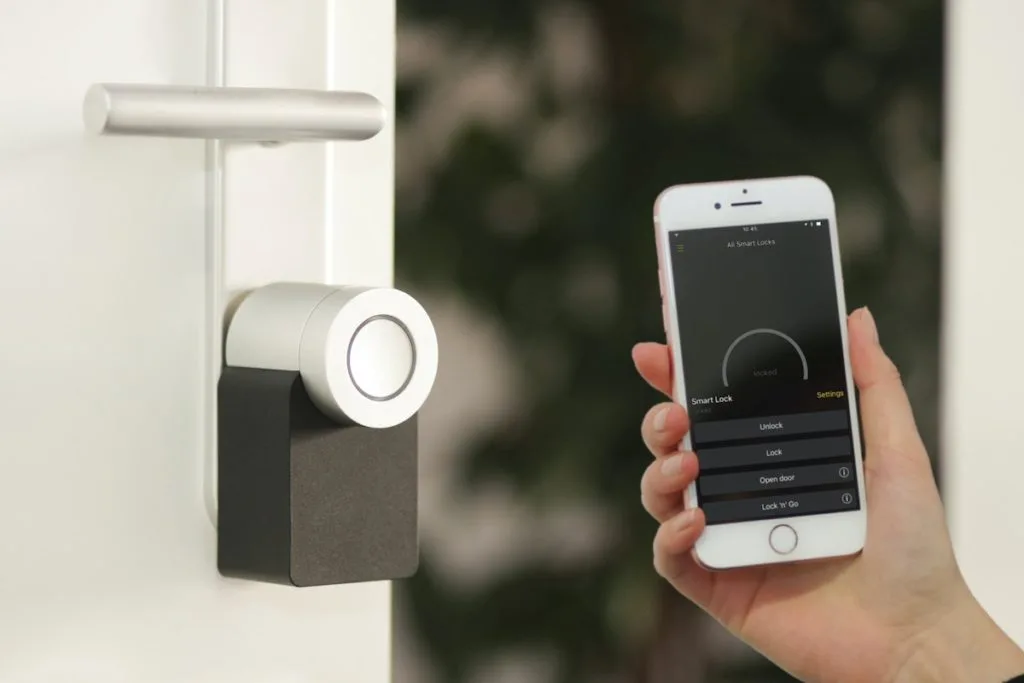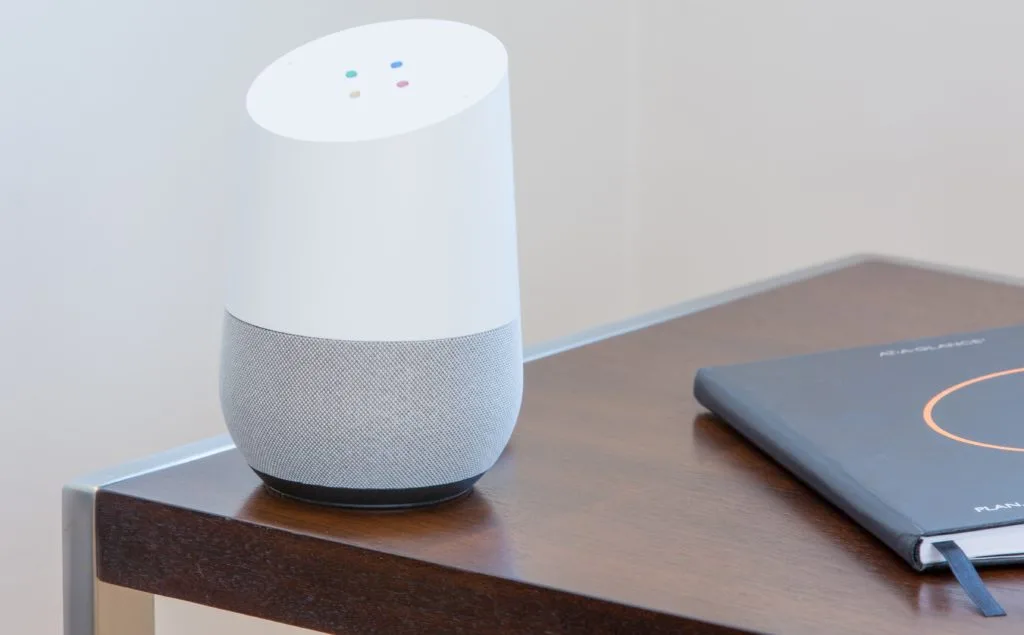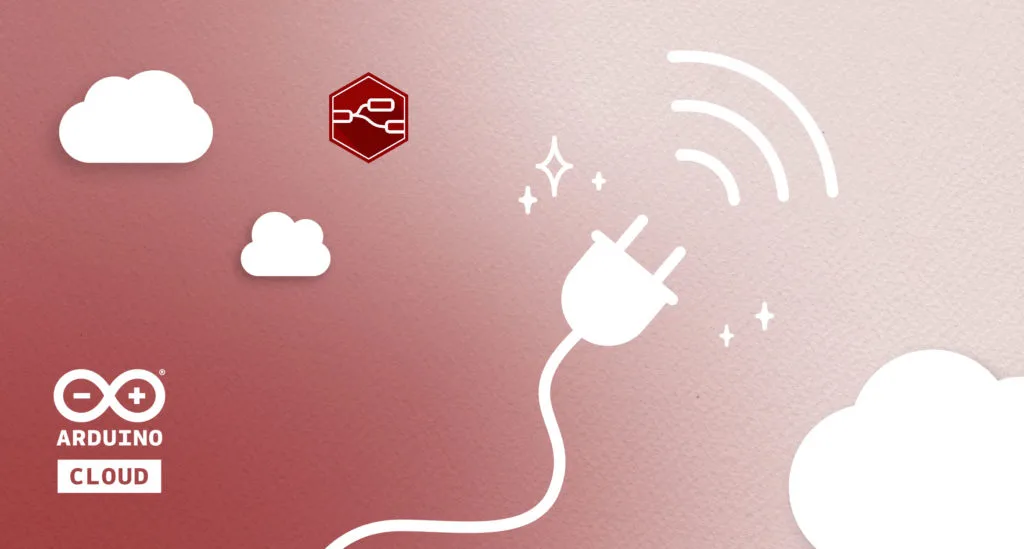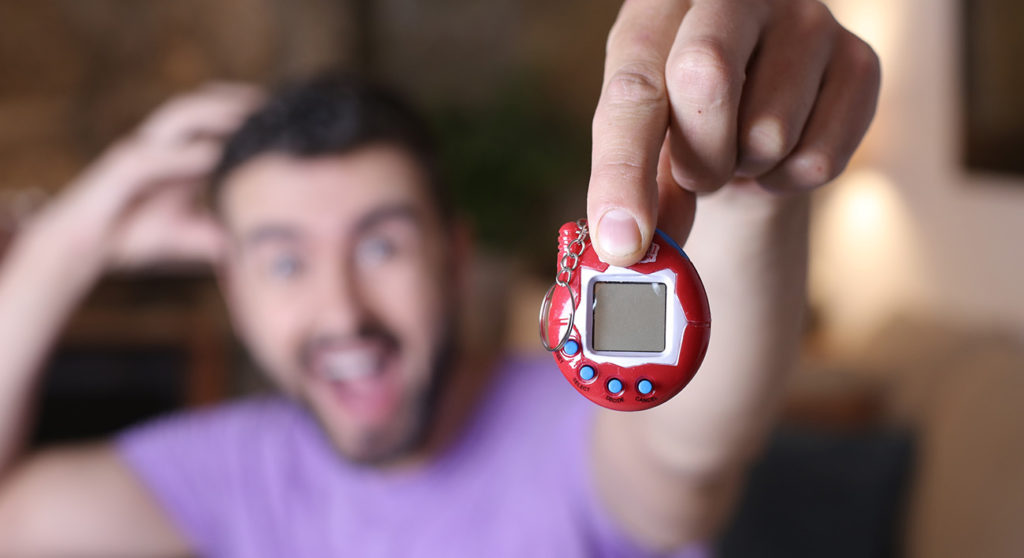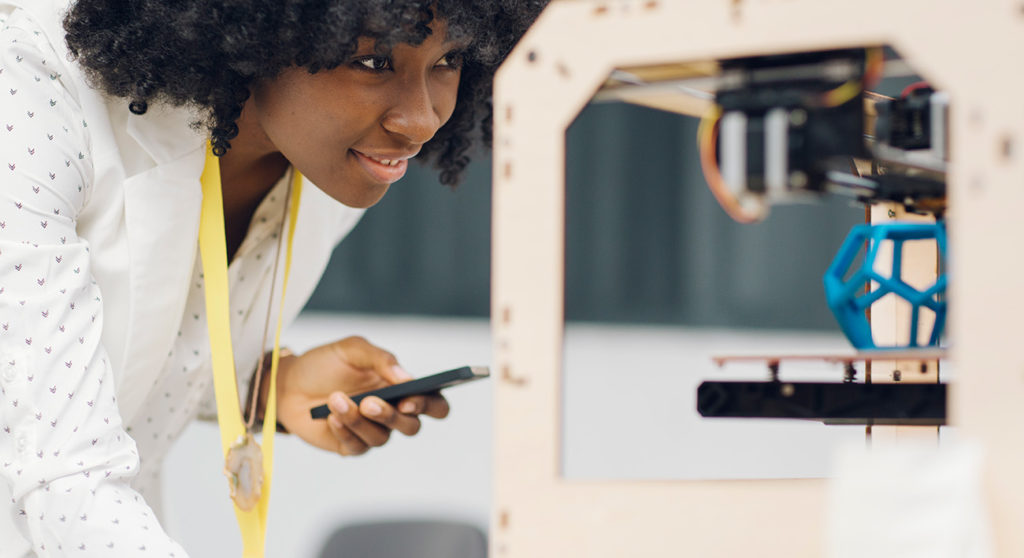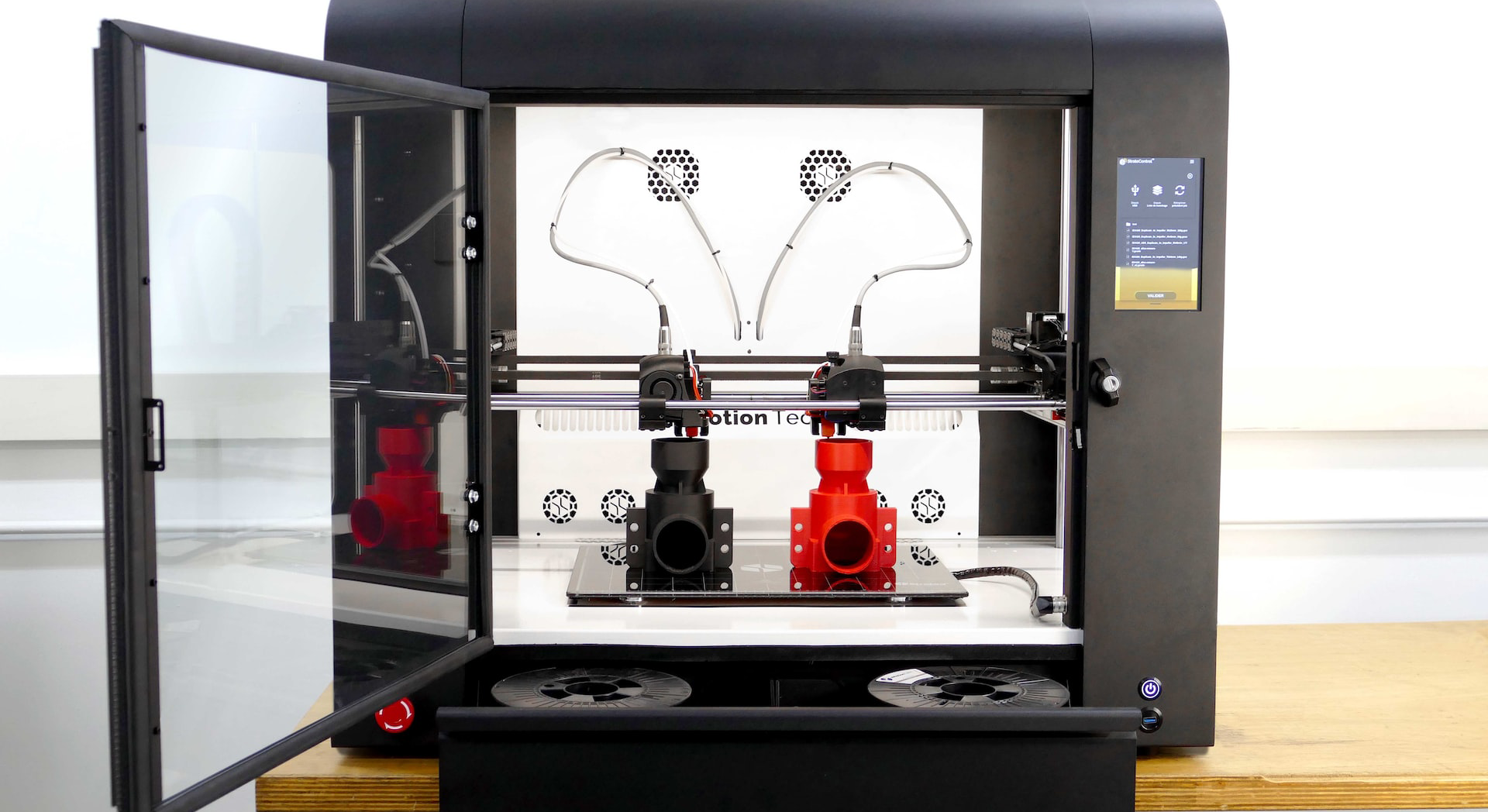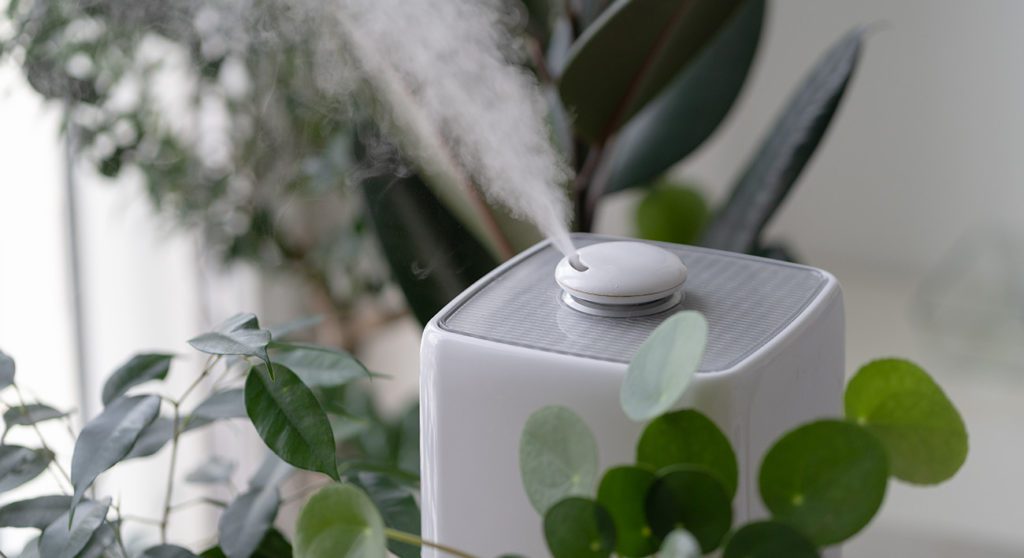Schlagwort: home automation
-

MKR Keylock is an open-source IoT keypad for your front door
Reading Time: 2 minutesThe age-old combination of physical locks and keys, although reliable, also comes with a few drawbacks, such as when you lose the key or you want to share access with someone else remotely. Davide Gomba has recognized this and built the MKR Keylock project as a way to address some of these shortcomings. Starting with…
-

Improve indoor air quality with Arduino
Reading Time: 4 minutesWhen we think about air quality and pollution, it’s easy to conjure up images of smog-filled cities and power plants churning clouds of poison into the atmosphere. And while all this is still important, and has massive consequences for our health, it’s all too easy to overlook the air pollution that takes…
-

Home automation ideas for the fall season
Reading Time: 6 minutesThere’s a lot to love about the fall season, and when it comes to home automation there’s a ton of opportunity here for smart makers to start playing around with new ideas and creations. In this article, we’ll take a look at some ways you can use home automation to enhance your…
-

This all-in-dashboard uses the Arduino GIGA Display Shield to control appliances
Reading Time: 2 minutesIn a previous video about controlling household appliances and lighting fixtures from the Arduino Cloud, Sachin Soni of the techiesms YouTube channel designed a custom PCB that allows an Arduino Nano ESP32 to toggle a series of relays. But since then, he realized that his project needed a faster and more permanent method…
-

Smart accommodation: Hotel room and rental property automation with Arduino Opta
Reading Time: 5 minutesHospitality professionals are constantly looking for ways to offer guests an enhanced experience while improving operational efficiency and optimizing energy management. To achieve this, they require cost-effective solutions that are easy to install and maintain while also providing the scalability of future-ready systems – such as automating hotel rooms or B&B rentals…
-

Is your house secure? 4 common threats and how home automation can keep you safe
Reading Time: 7 minutesIf there’s one place in the world you want to feel safe, it’s inside your home. And yet, the unfortunate reality is that our homes can sometimes be a source of danger. From burglaries to fires, it’s important to take precautions to make sure your house remains a sanctuary and not a…
-

10 cutting-edge ways to impress your guests with the IoT
Reading Time: 8 minutesThe Internet of Things has the power to transform your home into a futuristic web of cutting-edge gadgets, working together to make life easier, safer, and more entertaining. And while the IoT has a bunch of day-to-day applications like watering your plants and keeping your cupboards stocked, you can also use it…
-

Some of the biggest ways home automation is changing in 2023
Reading Time: 8 minutesHome automation is exploding in popularity. In 2021, the average household had 25 connected devices, a massive increase on previous years, driven in no small part by the COVID-19 pandemic and lockdowns. And in 2023, the number of smart homes worldwide looks set to hit 195.8 million. We’re living through a fascinating…
-

Controlling home appliances with Arduino Cloud and TP-Link smart plugs
Reading Time: 4 minutesIn today’s modern world, smart technology is revolutionizing the way we interact with our surroundings. From managing our home’s energy consumption to controlling appliances remotely — such as washing machines, fans, coffee makers, and even air conditioners. Smart devices offer us a level of convenience and control that was once unimaginable. However,…
-

Can automation help save water?
Reading Time: 4 minutesWhat’s the most important substance in the world? After the air we breathe, the answer is almost certainly water. We need it to live, we can’t go more than a few days without it, and it makes up about 60% of our bodies. All this just makes it even more worrying that…
-

The weird and wonderful history of chess-playing robots
Reading Time: 4 minutesWho said robots had to be all work and no play? For many years, people have been designing and building robots not just to help with chores, but to help us win games. Possibly the most famous examples of this are the robots that play chess. In this article, we’ll take a…
-

A history of robotic pets (and how to make your own)
Reading Time: 4 minutesHumans have domesticated animals since the dawn of time. Dogs (our oldest furry friends) were owned by humans as far back as 30,000 years ago, and since then we’ve formed bonds with all kinds of different creatures. It was only in the last century, though, that we started to actually build our…
-

Get More Out of Your Smartphone with Arduino
Reading Time: 5 minutesOur smartphones go pretty much everywhere with us, and we use them for more things than we even realize. From literally the very moment we’re startled into life in the morning, until the one final doom scroll through social media before bed, our phones are with us. It makes sense, then, to…
-

Home automation blossoms with Arduino’s Plant Watering Kit
Reading Time: 2 minutesLove your plants, but also have a life? If you work long hours, travel often or just can’t be tied down to a regular schedule, the Arduino Plant Watering Kit is for you. It’s a complete kit with all the components you need to set up an automated mini irrigation system that…
-

Why using 3D printing in your smart home is so useful
Reading Time: 3 minutes3D printing, the stuff of science fiction only a few short years ago, is becoming more widely available all the time. Buying your own 3D printer to keep in your home is now fairly accessible, with entry-level printers available for just a few hundred dollars. But why would you buy one? It’s…
-

Host the best BBQs ever with home automation
Reading Time: 3 minutesEverybody loves a good BBQ. Getting your family and friends together on a long summer day and evening, cooking delicious food and having a great time as smoke drifts through the air — it’s the perfect weekend activity. BBQs can also be stressful, however. Anyone who has ever tried to host one…
-

Humidify the air around you with home automation
Reading Time: 3 minutesKeeping the air in your home in the right condition is incredibly important. Your home is your safe haven from the outside world, a place where you can control your environment and enjoy the comfort and peace of a secure space. Humidifiers are an excellent way to keep the atmosphere of your…
-

Grow a beautiful garden with home automation
Reading Time: 4 minutesA beautiful, lush garden is a wonderful thing. Not only does it look good year-round and impress the neighbours, but itâs also a great place to spend time in the summer months and entertain guests. However, a good garden is not an easy thing to maintain. It takes many hours of hard…
-

Streamline your morning routine with home automation
Reading Time: 4 minutesLet’s face it — mornings can be tough. Even the earliest risers and the most enthusiastic morning larks sometimes struggle to drag themselves out of bed and attack the day. The good news is that automation can always save things. By using home automation wisely, you can save time in the morning,…
-

Keep your surroundings safe and clean with building automation
Reading Time: 3 minutesWhether it’s a home, an office, a school, a restaurant, or something else, it’s always important to keep your indoor environment safe, clean, and pleasant to be inside. It’s also a good idea to keep track of the air quality and conditions around you, not just for safety but also to ensure…
-

How a Smart Home Can Be A Safer Home
Reading Time: 4 minutesSecurity is one of the things we value most in our homes. A home is somewhere to feel safe, protected from the harms of the outside world. As a result, we tend to invest a lot of money in security features like well-locked doors, alarms, and cameras. Most of the tools we…
-

Build a smart home entertainment system
Reading Time: 4 minutesSmart homes have many benefits, and it’s not all about convenience, security, and chores. Entertainment is a big part of what we do at home, and smart technology can help us maximize our enjoyment of our home entertainment systems and manage them more easily. In this article, we’ll look at some of…




